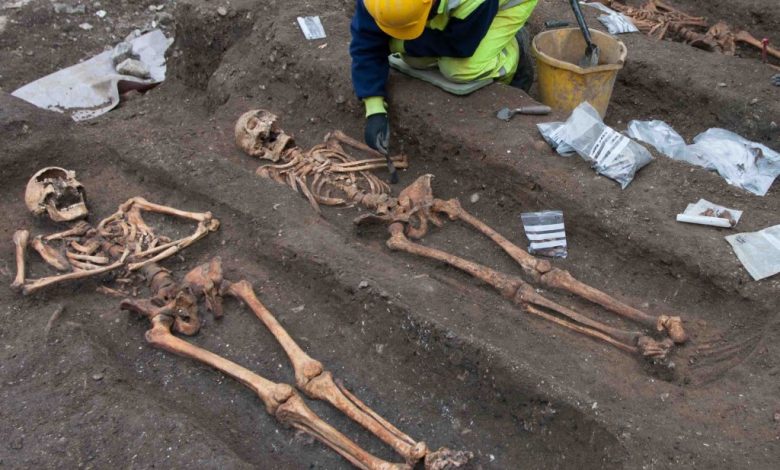Research shows medieval monks were infested with parasites due to farming with own feces

If cleanliness is next to godliness, then these monks missed the mark by a wide margin.
It is hardly surprising that individuals who survived the medieval period — when locals dumped their own feces on the streets or in designated “cesspits” — often did so while suffering from many illnesses, including intestinal parasites.
In contrast, the monastery on the town’s edge had running water, outhouses, and hand-washing facilities, all of which were luxury for the average town residents.
Even though there were some things going on in the city that didn’t seem very sanitary, a new archaeological study from the University of Cambridge found that the people who lived at the nearby Augustinian Friary had the most worms in their stomachs.
“The friars of medieval Cambridge appear to have been riddled with parasites. This is the first time anyone has attempted to work out how common parasites were in people following different lifestyles in the same medieval town,” said study lead author Piers Mitchell in a statement.
During that historical period, both human and pig feces were often used as agricultural manure, and touching infected feces is a definite method to get intestinal worms, such as roundworm and whipworm.
Meanwhile, monasteries and friaries relied mostly on their own organic resources and recycled their own feces for manure, resulting in an increase in illnesses.
“One possibility is that the friars manured their vegetable gardens with human feces, not unusual in the medieval period, and this may have led to repeated infection with the worms,” said Mitchell, whose report was published on Thursday in the International Journal of Paleopathology.
The Cambridge team discovered a total of 19 monks from the friary grounds and 25 locals buried in a neighboring cemetery, all of whom died as adults between the 12th and 14th centuries and were buried between the 12th and 14th centuries. By examining the dirt around the pelvis of the bones, archaeologists were able to identify whether the remains had been contaminated by worms.
The results of the tests showed that at least eleven monks (58%) died from illnesses, while only eight villagers (32%) did.
According to the researchers’ findings, such rates should be regarded as minimums since some traces of worms would have been devoured or destroyed by fungus and insects. They also noticed that the number of cases in the town is similar to studies from the same time period.
Those monks may have been infested with parasites, yet they still managed to live on average longer than those outside their holy walls. This was likely due to their well-balanced diet, access to medicine, and divinely bestowed wealth.



